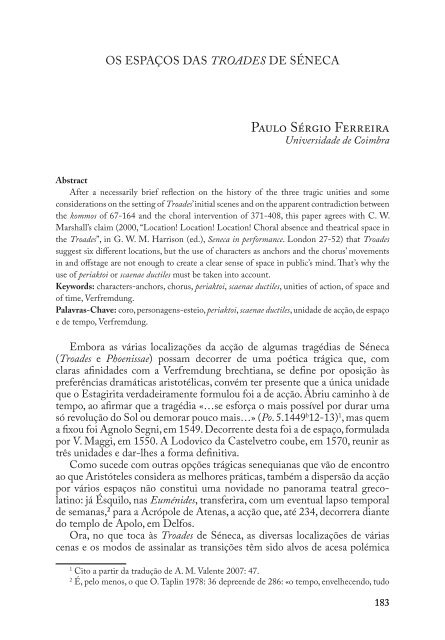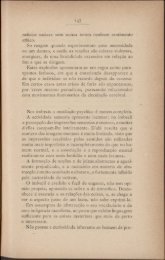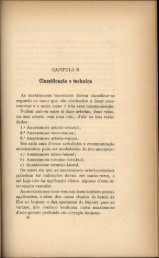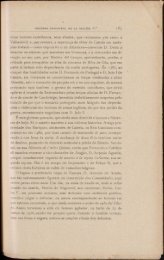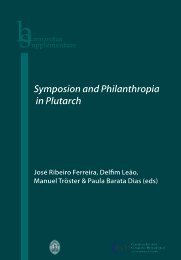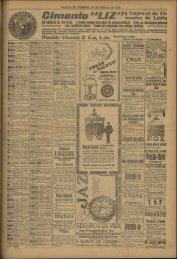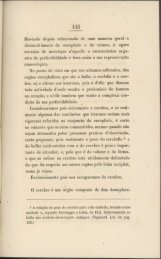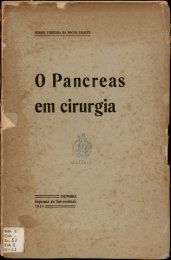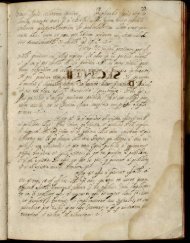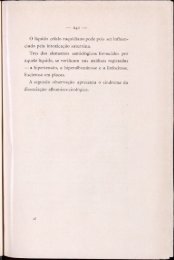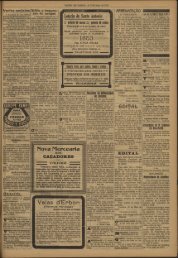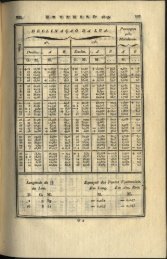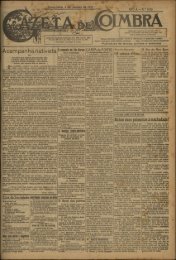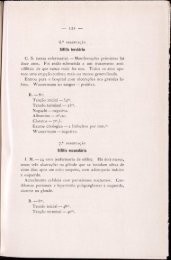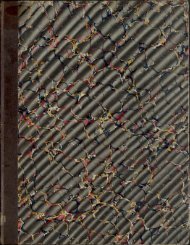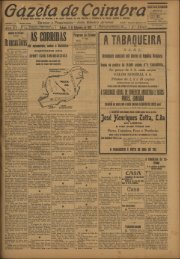Espaços e Paisagens. Vol. 1 - Universidade de Coimbra
Espaços e Paisagens. Vol. 1 - Universidade de Coimbra
Espaços e Paisagens. Vol. 1 - Universidade de Coimbra
You also want an ePaper? Increase the reach of your titles
YUMPU automatically turns print PDFs into web optimized ePapers that Google loves.
OS ESPAçOS DAS TROADES DE SÉNECA<br />
Paulo Sérgio Ferreira<br />
universida<strong>de</strong> <strong>de</strong> <strong>Coimbra</strong><br />
Abstract<br />
After a necessarily brief reflection on the history of the three tragic unities and some<br />
consi<strong>de</strong>rations on the setting of Troa<strong>de</strong>s’ initial scenes and on the apparent contradiction between<br />
the kommos of 67-164 and the choral intervention of 371-408, this paper agrees with C. W.<br />
Marshall’s claim (2000, “Location! Location! Location! Choral absence and theatrical space in<br />
the Troa<strong>de</strong>s”, in G. W. M. Harrison (ed.), Seneca in performance. London 27-52) that Troa<strong>de</strong>s<br />
suggest six different locations, but the use of characters as anchors and the chorus’ movements<br />
in and offstage are not enough to create a clear sense of space in public’s mind. That’s why the<br />
use of periaktoi or scaenae ductiles must be taken into account.<br />
Keywords: characters-anchors, chorus, periaktoi, scaenae ductiles, unities of action, of space and<br />
of time, Verfremdung.<br />
Palavras-Chave: coro, personagens-esteio, periaktoi, scaenae ductiles, unida<strong>de</strong> <strong>de</strong> acção, <strong>de</strong> espaço<br />
e <strong>de</strong> tempo, Verfremdung.<br />
Embora as várias localizações da acção <strong>de</strong> algumas tragédias <strong>de</strong> Séneca<br />
(Troa<strong>de</strong>s e Phoenissae) possam <strong>de</strong>correr <strong>de</strong> uma poética trágica que, com<br />
claras afinida<strong>de</strong>s com a Verfremdung brechtiana, se <strong>de</strong>fine por oposição às<br />
preferências dramáticas aristotélicas, convém ter presente que a única unida<strong>de</strong><br />
que o Estagirita verda<strong>de</strong>iramente formulou foi a <strong>de</strong> acção. Abriu caminho à <strong>de</strong><br />
tempo, ao afirmar que a tragédia «…se esforça o mais possível por durar uma<br />
só revolução do Sol ou <strong>de</strong>morar pouco mais…» (Po. 5.1449 b 12 -13) 1 , mas quem<br />
a fixou foi Agnolo Segni, em 1549. Decorrente <strong>de</strong>sta foi a <strong>de</strong> espaço, formulada<br />
por V. Maggi, em 1550. A Lodovico da Castelvetro coube, em 1570, reunir as<br />
três unida<strong>de</strong>s e dar -lhes a forma <strong>de</strong>finitiva.<br />
Como suce<strong>de</strong> com outras opções trágicas senequianas que vão <strong>de</strong> encontro<br />
ao que Aristóteles consi<strong>de</strong>ra as melhores práticas, também a dispersão da acção<br />
por vários espaços não constitui uma novida<strong>de</strong> no panorama teatral grecolatino:<br />
já Ésquilo, nas Euméni<strong>de</strong>s, transferira, com um eventual lapso temporal<br />
<strong>de</strong> semanas, 2 para a Acrópole <strong>de</strong> Atenas, a acção que, até 234, <strong>de</strong>correra diante<br />
do templo <strong>de</strong> Apolo, em Delfos.<br />
Ora, no que toca às Troa<strong>de</strong>s <strong>de</strong> Séneca, as diversas localizações <strong>de</strong> várias<br />
cenas e os modos <strong>de</strong> assinalar as transições têm sido alvos <strong>de</strong> acesa polémica<br />
1 Cito a partir da tradução <strong>de</strong> A. M. Valente 2007: 47.<br />
2 É, pelo menos, o que O. Taplin 1978: 36 <strong>de</strong>preen<strong>de</strong> <strong>de</strong> 286: «o tempo, envelhecendo, tudo<br />
183


